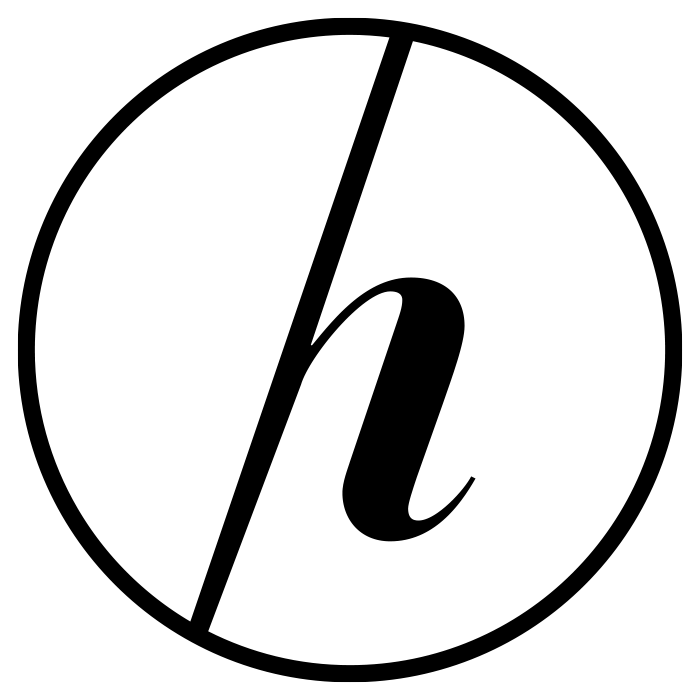Modern graphic designers are expected to be creative visionaries, brand strategists, and digital artisans—all while navigating a storm of menial tasks and vague directives. Too often, their time and talents are squandered on work that neither challenges them nor adds value to the organization. If we want designers to deliver their best, it’s time to scrutinize what’s holding them back and rethink how we structure their workflows. Here’s a candid look at the real productivity killers in design teams, why they lead to burnout, and what can be done to keep your creative talent energized and effective.
Common Time Wasters That Undermine Graphic Designers
Let’s start with the most obvious offenders: endless rounds of resizing and reformatting. When a designer’s day is chewed up by creating dozens of banner ad variations or tweaking the same social post for every platform under the sun, you’re not just wasting their time—you’re wasting your investment in their creativity. These repetitive tasks are low-value, and yet they persist in most agencies and in-house teams because of outdated processes or a lack of automation.
Another insidious time waster is the infamous “design by committee.” When every stakeholder feels entitled to weigh in on color palettes, font choices, or the curve of a button, designers spend more time managing feedback than actually designing. This process often devolves into pixel-pushing and endless revision cycles, with no clear decision-maker in sight. Not only does this slow down projects, but it also erodes morale and ownership.
Finally, administrative clutter—think status meetings, excessive documentation, and redundant project management tools—can sap hours from a designer’s week. While some structure is necessary, overburdening creative professionals with non-creative tasks is a surefire way to dilute their effectiveness. Designers want to make impactful work, not fill out timesheets and attend meetings that could have been emails.
How Menial Tasks and Poor Direction Lead to Burnout
When designers are stuck in a rut of menial production work, their professional growth stagnates. There’s nothing more demoralizing than knowing your portfolio is filled with banner resizes rather than innovative campaigns. Over time, this lack of meaningful challenge leads to disengagement, and talented designers either tune out or look elsewhere for opportunities that respect their abilities.
Poorly executed directives compound the problem. Vague briefs, shifting objectives, and unclear feedback force designers to second-guess their decisions and redo work unnecessarily. This isn’t just inefficient; it’s exhausting. When designers are left to interpret ambiguous instructions or chase moving targets, their cognitive load skyrockets—and so does their stress level.
Burnout is the inevitable result. The combination of mindless busywork and chaotic leadership drains creative energy and job satisfaction. Instead of feeling inspired, designers become cynical and risk-averse, simply going through the motions to get the job done. This is how you lose your best talent—not because the work is hard, but because it’s uninspiring and poorly managed.
Strategies to Preserve Creativity and Boost Effectiveness
The single most effective way to keep designers fresh is to automate or delegate menial tasks. Tools like Figma plugins, batch processing scripts, and even AI-driven resizing can handle the repetitive grunt work, freeing designers to focus on projects that require vision and skill. If automation isn’t feasible, consider hiring production specialists or interns to handle the heavy lifting.
Clear, actionable briefs are non-negotiable. Invest time upfront to define project goals, deliverables, and brand guidelines. Fewer, more decisive feedback rounds—ideally with a single empowered stakeholder—will keep projects moving and reduce revision fatigue. Encourage constructive critique, but set boundaries to avoid design-by-committee paralysis.
Finally, invest in your designers’ growth and well-being. Give them opportunities to tackle strategic projects, attend workshops, or pursue passion projects that stretch their abilities. Rotate responsibilities to prevent monotony and recognize creative achievements publicly. A culture that values and nurtures creativity isn’t just good for morale; it’s good for business.
Designers are among the most valuable assets in any modern marketing team, yet their potential is too often squandered by inefficient workflows and unclear leadership. By identifying and eliminating time wasters, providing better direction, and fostering a culture that prizes creativity, organizations can keep their designers energized and effective. The choice is clear: treat your design team as a strategic resource, not a production line. Your brand’s future depends on it.





